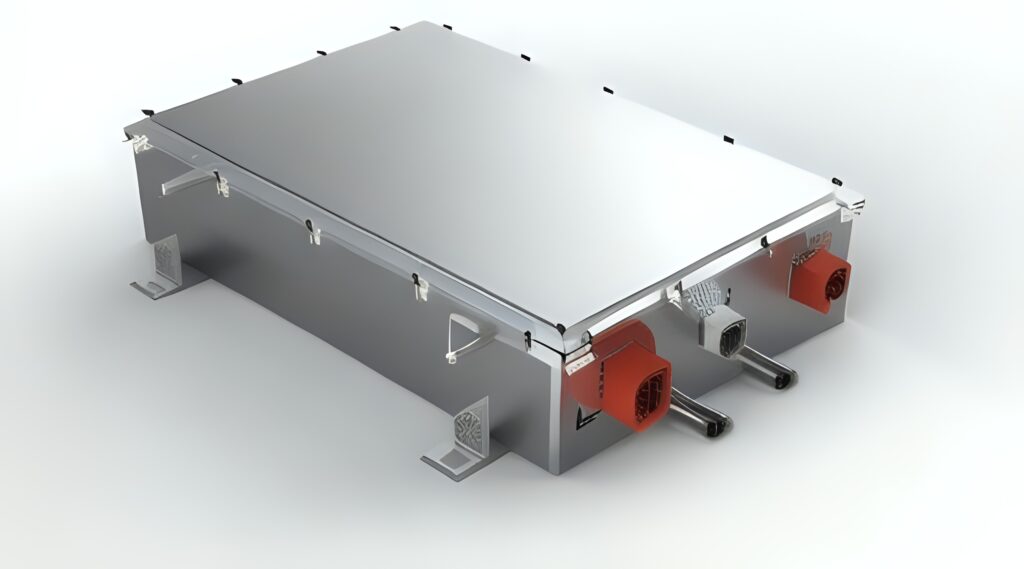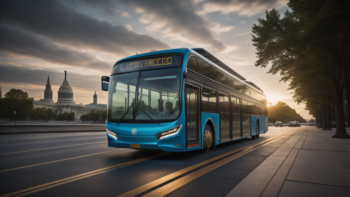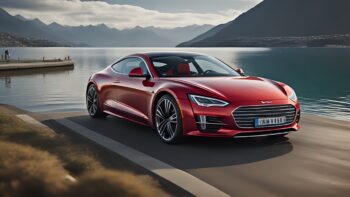
EV-Charger (On Board)
Listing Category by product
EV-Charger (on board) manufacturers
In the dynamic landscape of electric vehicles, EV-Charger (on board) manufacturers are spearheading innovation to meet the evolving needs of drivers worldwide. These companies specialize in developing compact, efficient chargers integrated directly into vehicles, offering convenient charging solutions for EV owners. With a focus on enhancing charging speed, reliability, and interoperability, they are playing a pivotal role in accelerating the adoption of electric vehicles and shaping the future of sustainable transportation infrastructure on a global scale.
Exploring EV-Charger (on board)
EV-Charger (on board) are pivotal components within electric vehicles (EV’s), responsible for replenishing the vehicle’s battery while on the move. These chargers efficiently convert alternating current (AC) from charging stations or home outlets into direct current (DC) to charge the vehicle’s battery pack. Equipped with various safety features, including over current protection and thermal management systems, these chargers ensure optimal performance and longevity of the battery system. Moreover, they often feature communication capabilities to interact with external charging infrastructure, allowing for seamless integrate.
Key functions and features
- Power conversion: On-board chargers facilitate the conversion of AC power from the grid or charging station into DC power compatible with the vehicle’s battery system.
- Safety mechanisms: Advanced safety features such as over current protection, short-circuit detection, and thermal management systems safeguard both the vehicle and charging infrastructure.
- Efficiency optimization: These chargers are designed to maximize charging efficiency, minimizing energy losses during the conversion process and ensuring faster charging times.
- Communication protocols: Integration with communication protocols like CAN bus enables bidirectional communication between the vehicle and charging infrastructure, facilitating smart charging functionalities.
- Compact design: On-board chargers are engineered to be compact and lightweight, optimizing space within the vehicle while maintaining high performance.
In the next few years, we anticipate significant innovations in on-board EV-Chargers, aimed at enhancing efficiency, reducing charging times, and improving user experience.
Innovations EV-Chargers (on board)
As the demand for electric vehicles continues to rise, the development of on-board chargers is poised for significant advancements. Manufacturers are focusing on several key areas to further improve the functionality and performance of on-board chargers.
- Increased power output: Future on-board chargers are expected to deliver higher power outputs, enabling faster charging rates and reduced charging times.
- Bidirectional charging: Enhanced bidirectional charging capabilities will enable EV’s to not only receive power from the grid but also feed excess energy back into the grid or power external devices, promoting energy efficiency and grid stability.
- Wireless charging integration: Integration of wireless charging technology directly into the vehicle’s structure will eliminate the need for physical charging cables, offering greater convenience and paving the way for seamless integration with infrastructure.
- Enhanced smart charging: Advanced AI algorithms and machine learning techniques will enable on-board chargers to analyze charging patterns, predict user behavior, and optimize charging schedules for maximum efficiency and cost-effectiveness.
- Solid-state charging technology: The adoption of solid-state charging technology will revolutionize on-board chargers, offering higher power densities, faster charging speeds, and improved reliability compared to traditional chargers.
These innovations signify a promising future for EV-Chargers (on board), playing a crucial role in the widespread adoption of electric vehicles and the transition towards a sustainable transportation ecosystem.

















